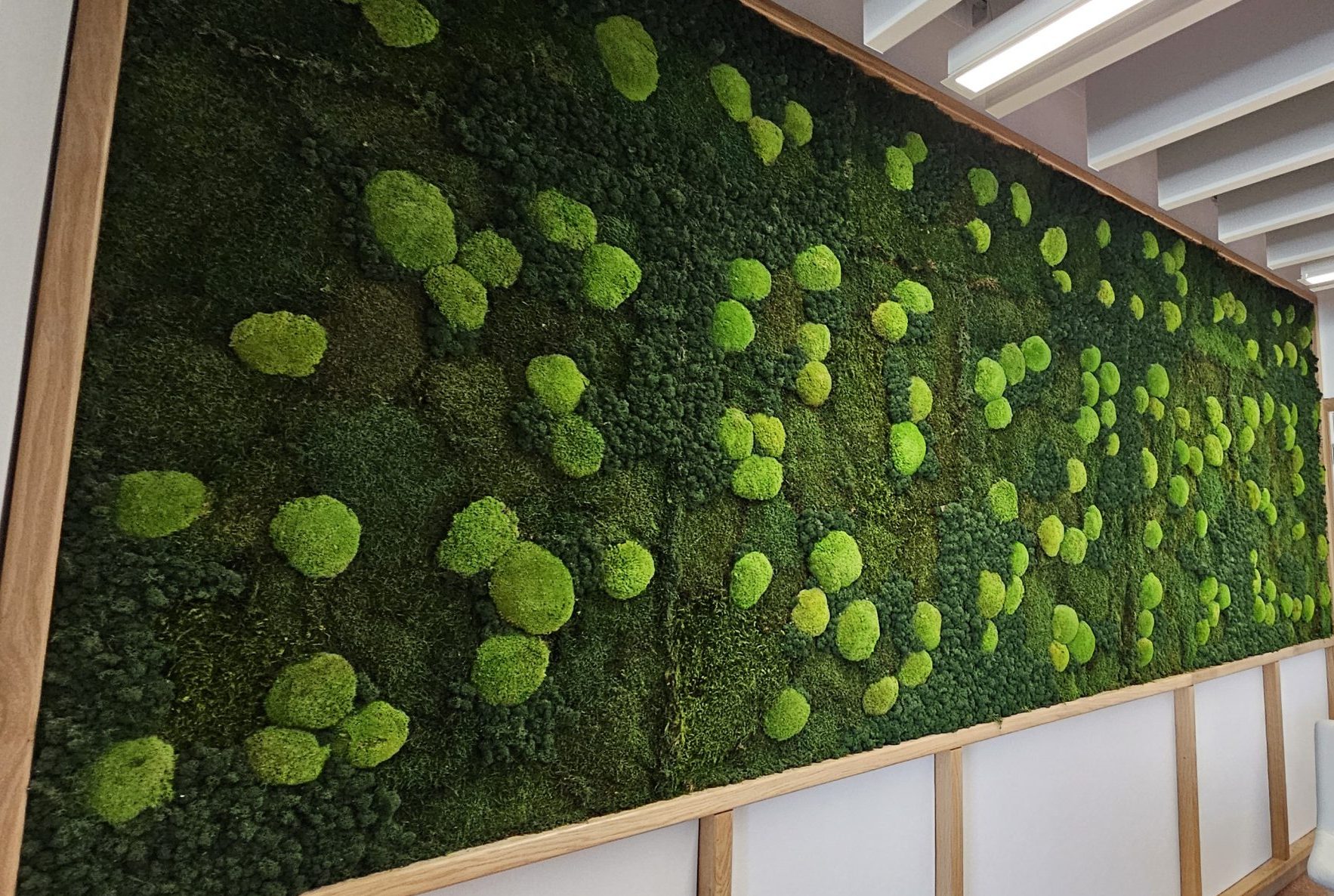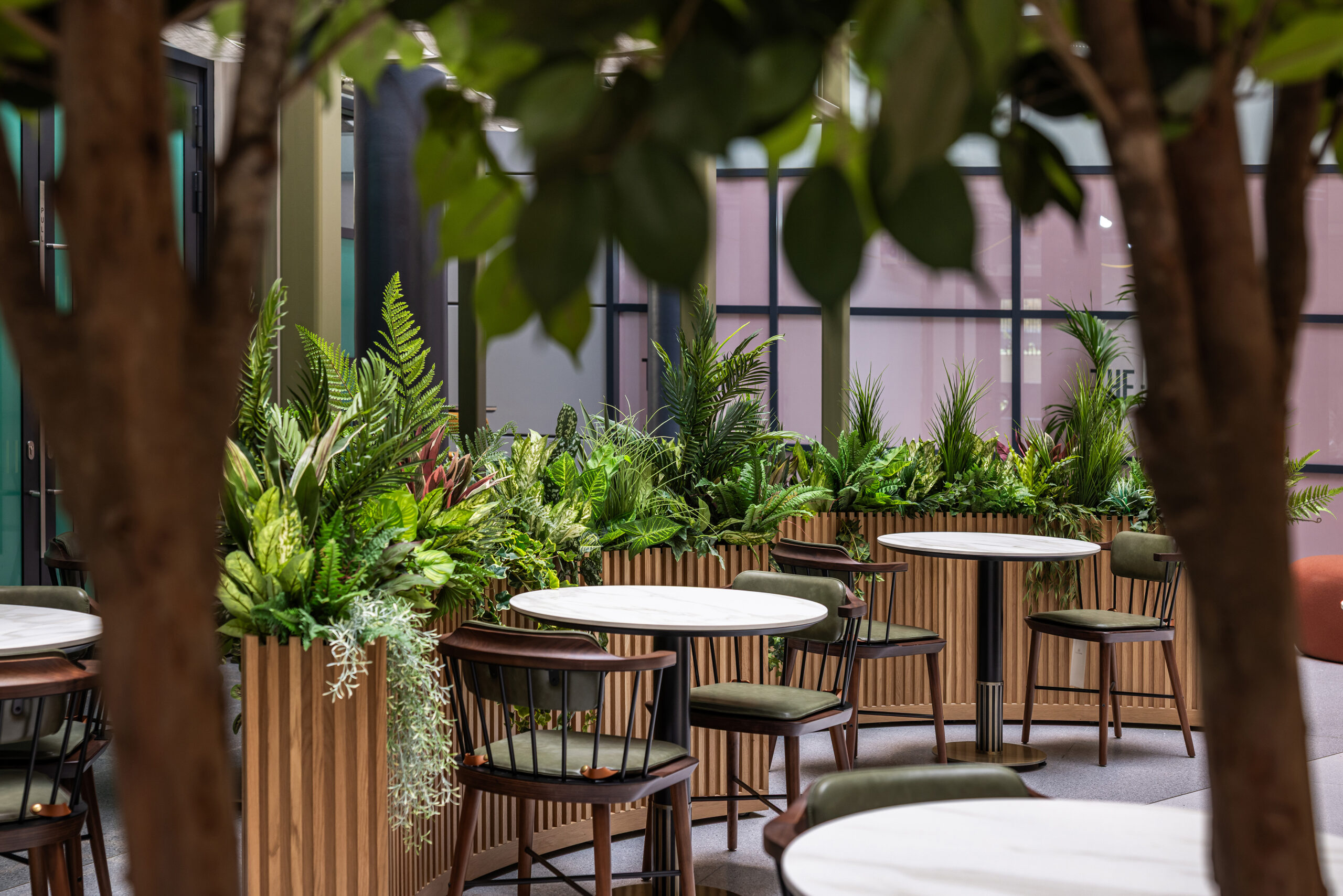

For individuals with neurodiversity and sensory sensitivities, built environments have the capacity to amplify stress or offer refuge. With thoughtful design though, such spaces can soothe, support, and uplift – and biophilic design, rooted in our innate connection to nature – is a particularly transformative tool for this.
By integrating planting installations that are not only beautiful but also supportive, designers can create spaces that foster calm, focus, and emotional balance. Whether in luxury hotels, corporate offices, or bustling public spaces, planting schemes tailored to different sensitivities offer so much more than a simple aesthetic.
Greenery matters
Natural environments can help reduce mental fatigue and improve concentration. The shapes and colours found in nature offer predictable, non-threatening stimuli—gentle rustling leaves, soft textures, and calming colours, as well as creating a sense of enclosure and safety, which is especially beneficial in overstimulating environments like hotel lobbies or open-plan offices.
With 15-20% of the population considered to be neuro-diverse (Equality and Human Rights Commission, 2020), we’re almost always balancing our client’s vision with a need for supportive and friendly spaces.
There are a number of principles we keep in mind when planning a scheme at the drawing board.
1. SOFT, FLOWING FORMS
Using spiky or rigid plants more sparingly, opting for trailing vines, ferns, and grasses that move gently


2. TEXTURE AND TOUCH
Including soft elements like moss walls for sound absorption, or using soft, tactile planting like Stachys byzantina (Lamb’s Ear)


3. SCENT & STIMULI
Avoiding heavily scented plants that may overwhelm, opting instead for subtle aromatherapy zones with calming herbs like lavender or chamomile


4. VISUAL RHYTHMN
Using repetition and symmetry to create predictability and reduce cognitive load


5. ZONES OF CALM
– Integrating planting into small nooks or alcoves where individuals can retreat for sensory breaks
– Using vertical gardens or planters to soften the transition between busy and quiet areas


In practice
A terrific example is this magnificent moss wall at the University of Huddersfield. In the high-traffic atrium, it worked to enhance acoustics by absorbing sound and reducing echo, creating a quieter, more comfortable environment for all.




Can we help you create a welcoming and inclusive space? By embracing biophilic principles and tailoring planting schemes to support sensory wellbeing, we can create wonderful environments that feel safe, enclosed and supportive. Get in touch today.

